In a significant development for the sustainable real estate sector in India, Maharashtra has emerged as the leader in green real estate projects, according to a recent report by Savills India. The report, titled "Sustainable Real Estate: Strategies and Practices," highlights the growing momentum in green building certifications across the country, with Maharashtra leading the charge. Uttar Pradesh follows closely, securing the second position, while Gujarat rounds out the top three.
Maharashtra's Dominance in Green Real Estate
Maharashtra’s position at the top is not just a testament to the number of green-certified projects but also reflects the state’s progressive policies and incentives aimed at promoting sustainable development. According to the Savills report, Maharashtra has 1,094 green-certified projects, making it the state with the highest number of such projects in India. The state’s success in this area is largely attributed to its policy of offering incentives for sustainable buildings, which has encouraged developers to adopt green practices.
In terms of the average size of green-certified real estate assets, Maharashtra also leads with projects averaging around 0.37 million square feet. This is closely followed by Telangana, with projects averaging 0.36 million square feet. The large size of these projects indicates a robust commitment to sustainability, particularly in commercial real estate where large-scale developments are more common.
Uttar Pradesh's Rising Green Real Estate Sector
Uttar Pradesh, which secured the second position with 643 green-certified projects, is rapidly emerging as a significant player in the green real estate sector. The state’s growth in this area can be attributed to its rapid urbanization and the state government’s proactive approach to promoting green building practices. Uttar Pradesh has implemented various incentives to encourage developers to pursue green certifications, including the reimbursement of 50% of the Indian Green Building Council (IGBC) certification fee, with a maximum limit of ₹10 lakh for hotel and wellness resort projects obtaining a green rating from IGBC. Additionally, the government offers a 10% Floor Area Ratio (FAR) for projects pre-certified or provisionally certified as gold or above by IGBC. These incentives have played a crucial role in making Uttar Pradesh a leader in sustainable real estate development.
Gujarat: A Strong Contender in Green Building Practices
Gujarat, with 590 green-certified projects, ranks third on the list and has shown a strong commitment to sustainable development. The state government offers financial support for green building initiatives by reimbursing up to ₹3 lakh or 50% of the IGBC certification fee, whichever is lower. This financial incentive has significantly encouraged the adoption of sustainable building practices, positioning Gujarat as a leader in environmentally responsible development. The state’s proactive approach, coupled with its industrial growth, has created a fertile ground for green real estate projects to thrive.
The National Landscape of Green Real Estate
The Savills India report highlights that there are more than 7,000 IGBC-green certified projects across the top 15 states and union territories in India. Maharashtra, Uttar Pradesh, and Gujarat are not the only states making significant strides in this area. Telangana, Karnataka, Tamil Nadu, and Haryana are also notable contributors to the green building movement. Telangana, with 519 green projects, is ranked fourth, while Karnataka follows closely with 501 projects. Tamil Nadu and Haryana are ranked sixth and seventh with 495 and 450 green projects, respectively.
The report also categorizes the states based on the average size of green-certified projects. Maharashtra and Telangana form the top-ranked cluster, where the average project size is between 0.36 and 0.37 million square feet. Karnataka, Gujarat, and Tamil Nadu make up the second cluster with projects averaging between 0.25 and 0.27 million square feet. Uttar Pradesh and Delhi, characterized by projects averaging 0.18 million square feet, form the third cluster. West Bengal and Haryana, with average project sizes between 0.12 and 0.14 million square feet, constitute the fourth cluster.
Driving Factors Behind Green Real Estate Growth
The growth of green real estate in India is driven by several factors, including government incentives, increasing awareness of environmental issues, and the rising demand for sustainable and energy-efficient buildings. In Maharashtra, the government’s progressive policies, such as the additional FAR of 3%, 5%, and 7% for IGBC-rated silver, gold, and platinum green buildings, respectively, have been instrumental in promoting green real estate. The state’s focus on sustainable urban development, coupled with strong support from the Indian Green Building Council, has created a conducive environment for green real estate projects to flourish.
Similarly, Uttar Pradesh’s rapid urbanization and the government’s financial incentives have played a significant role in driving the adoption of green building practices. The reimbursement of IGBC certification fees and the provision of additional FAR for green-certified projects have made it economically viable for developers to pursue sustainable building practices.
Gujarat’s leadership in green real estate is also supported by the state government’s financial incentives, which have encouraged developers to adopt sustainable building practices. The reimbursement of up to ₹3 lakh for IGBC certification has made it easier for developers to achieve green certifications, thereby promoting environmentally responsible development.
The Future of Green Real Estate in India
As India strides towards its ambitious goal of achieving net-zero emissions by 2070, the real estate sector will play a pivotal role in this transformation. The adoption of sustainable materials, energy-efficient technologies, and water conservation practices is crucial for reducing the sector’s carbon footprint and advancing the United Nations' Sustainable Development Goals (SDGs). The increase in green building certifications, with over 7,000 IGBC-certified projects covering an estimated 1,370 million square feet of built-up area, is a clear indication of the sector’s commitment to sustainability.
Moreover, the concept of green leases is gaining momentum in India, with landlords and tenants collaboratively setting sustainability-linked targets. The Savills India report identifies four key pillars for achieving sustainability goals in commercial real estate: shared responsibility, data sharing, financial incentives, and behavioral change. These pillars, when effectively implemented, can drive significant progress towards a more sustainable and environmentally resilient real estate sector.
Conclusion
Maharashtra’s leadership in green real estate projects is a testament to the state’s progressive policies and commitment to sustainable development. As other states like Uttar Pradesh and Gujarat continue to implement and refine their green building initiatives, India’s real estate sector is well on its way to becoming a global leader in sustainable development. The growing number of green-certified buildings, coupled with innovative approaches such as green leases, will ensure that the real estate sector not only contributes to the country’s climate objectives but also sets new standards for sustainability in the years to come.

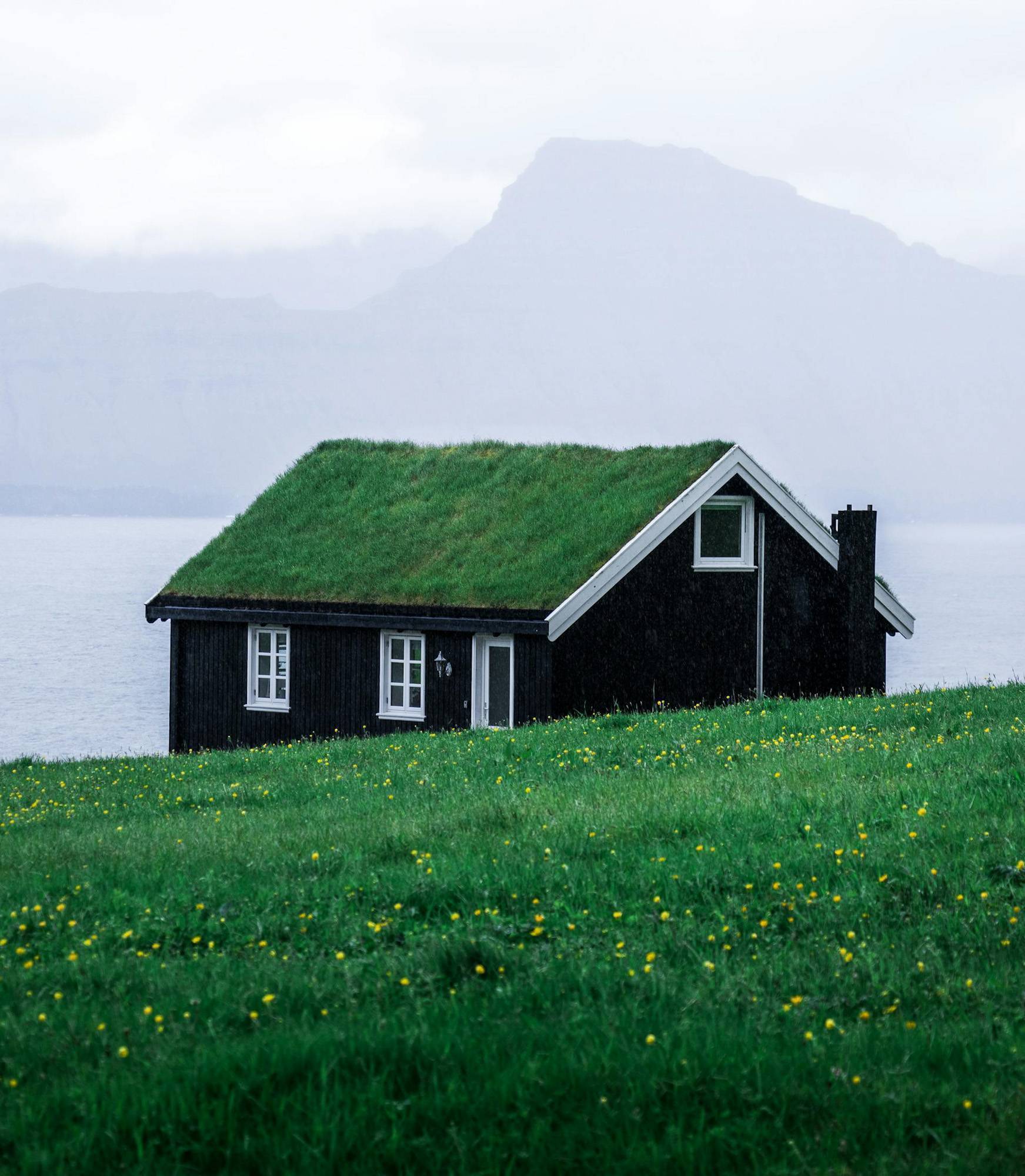
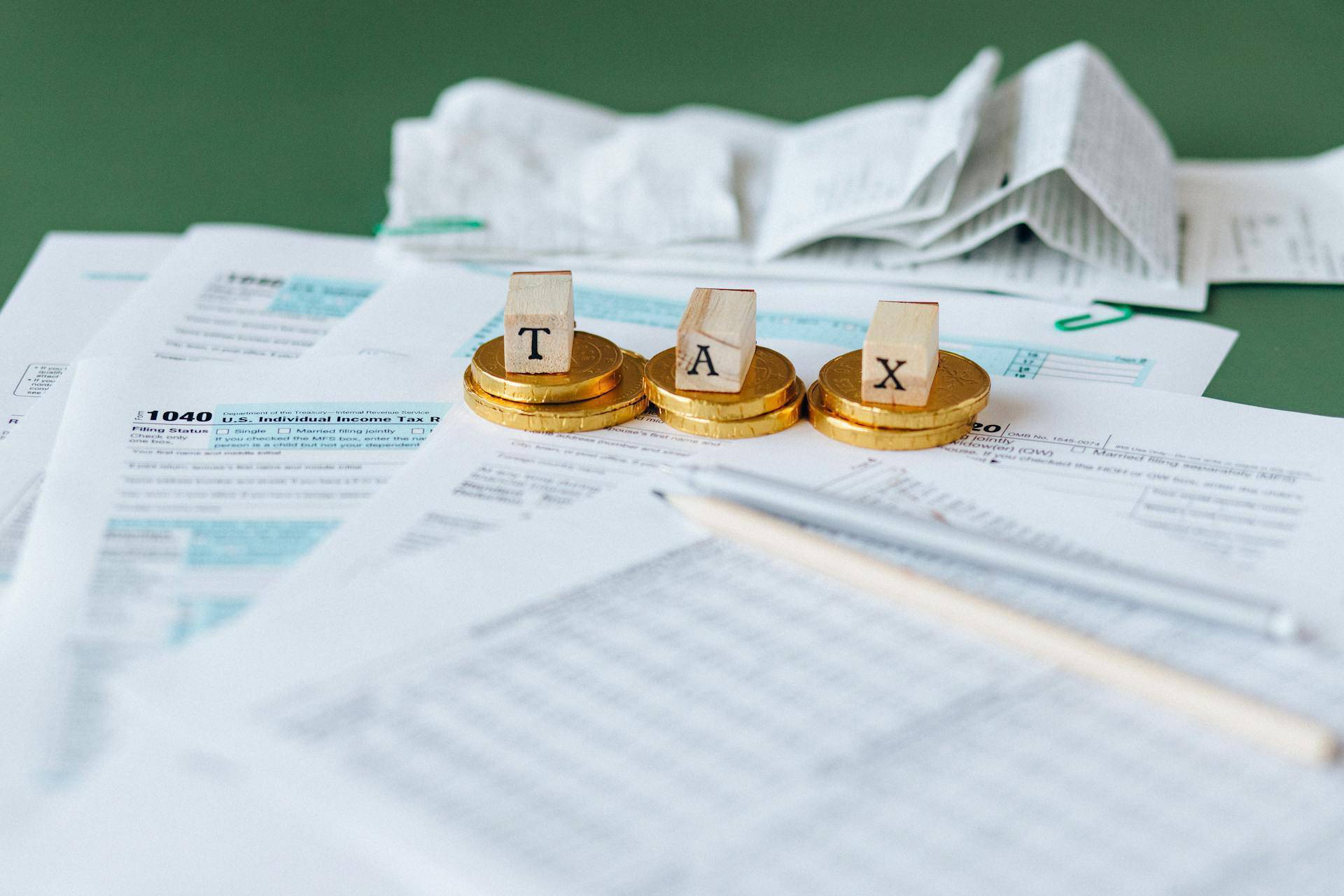

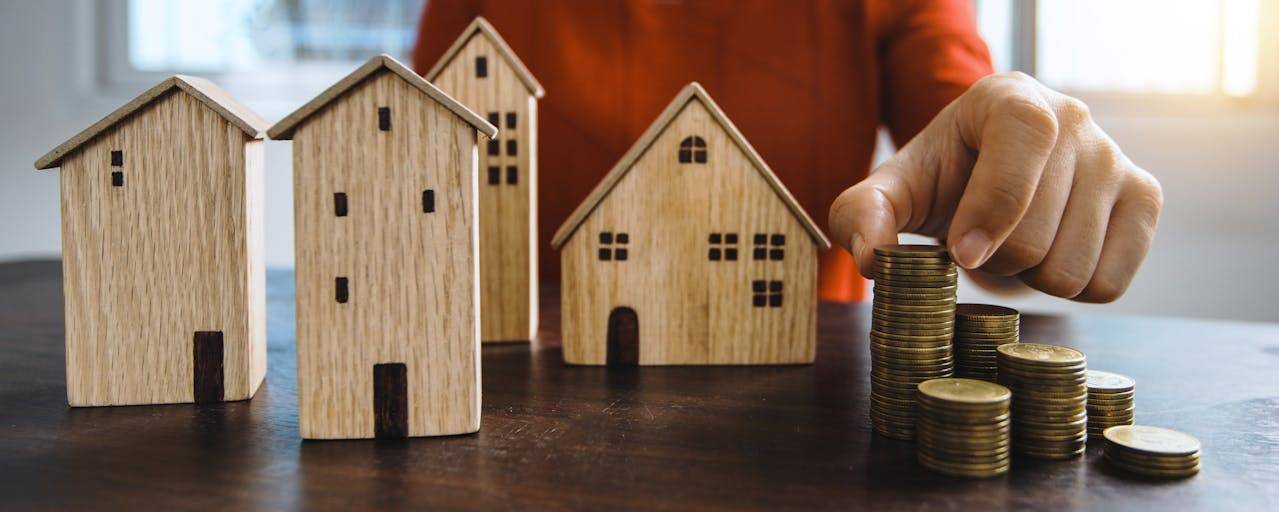
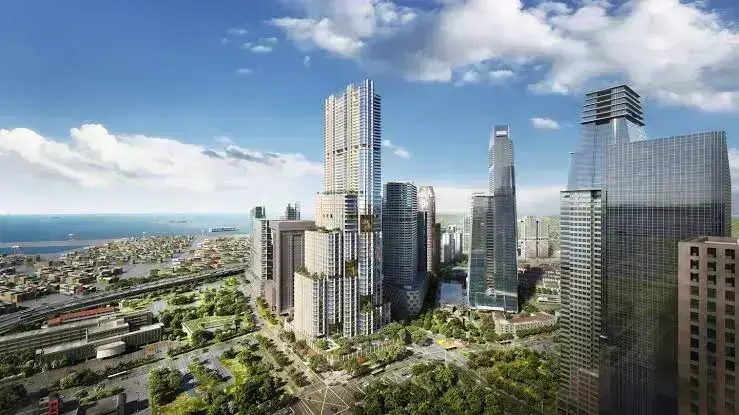
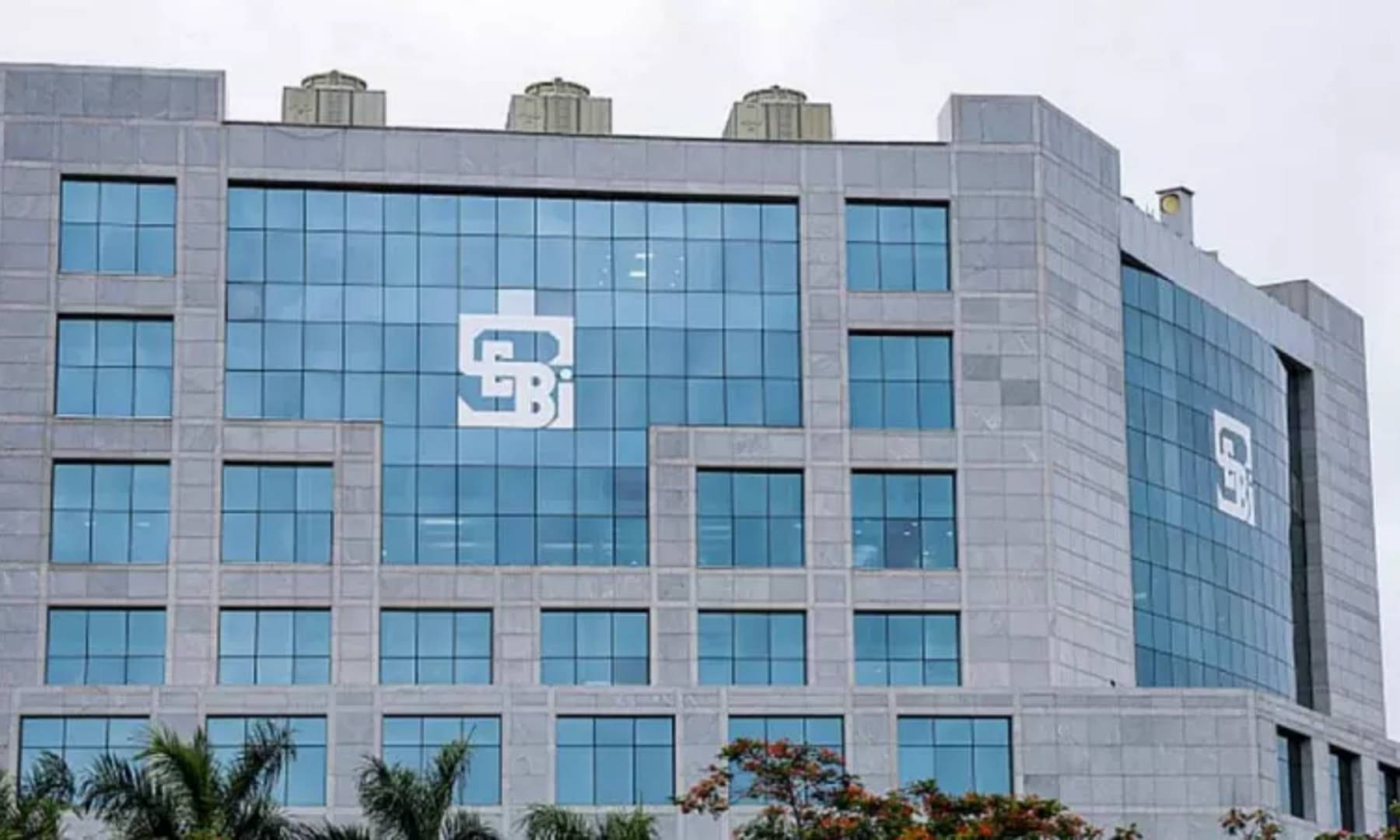
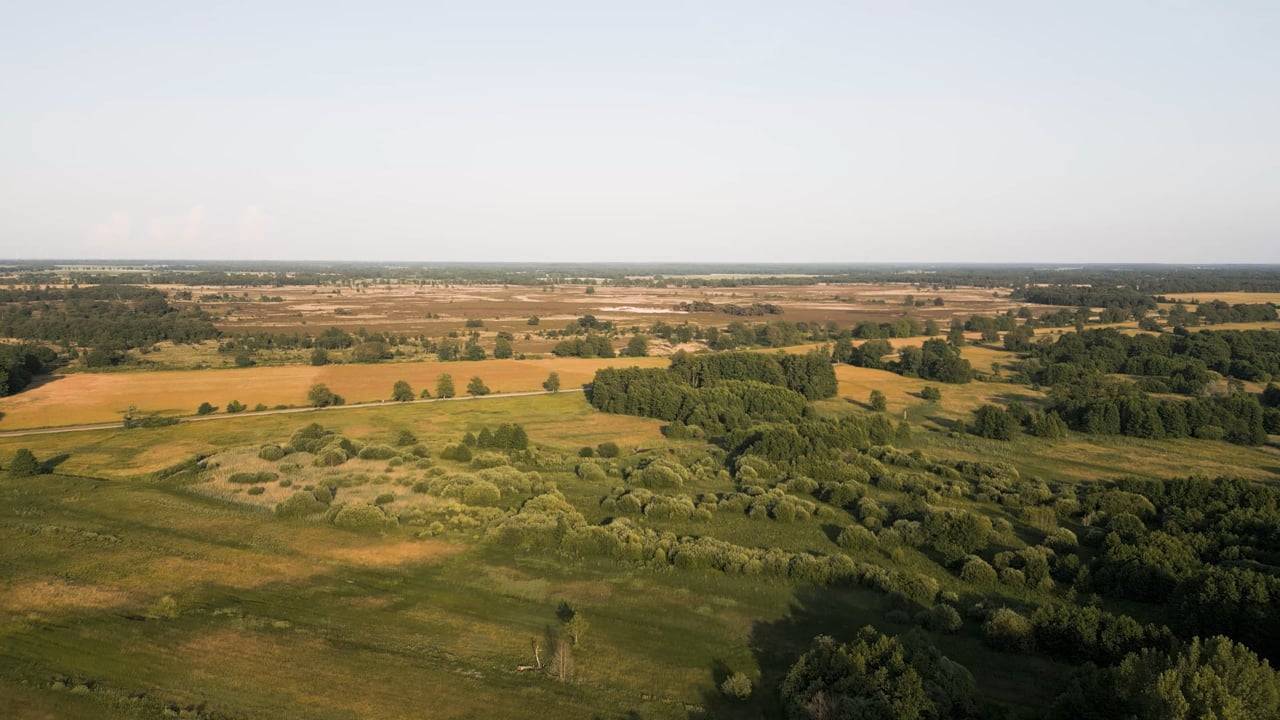
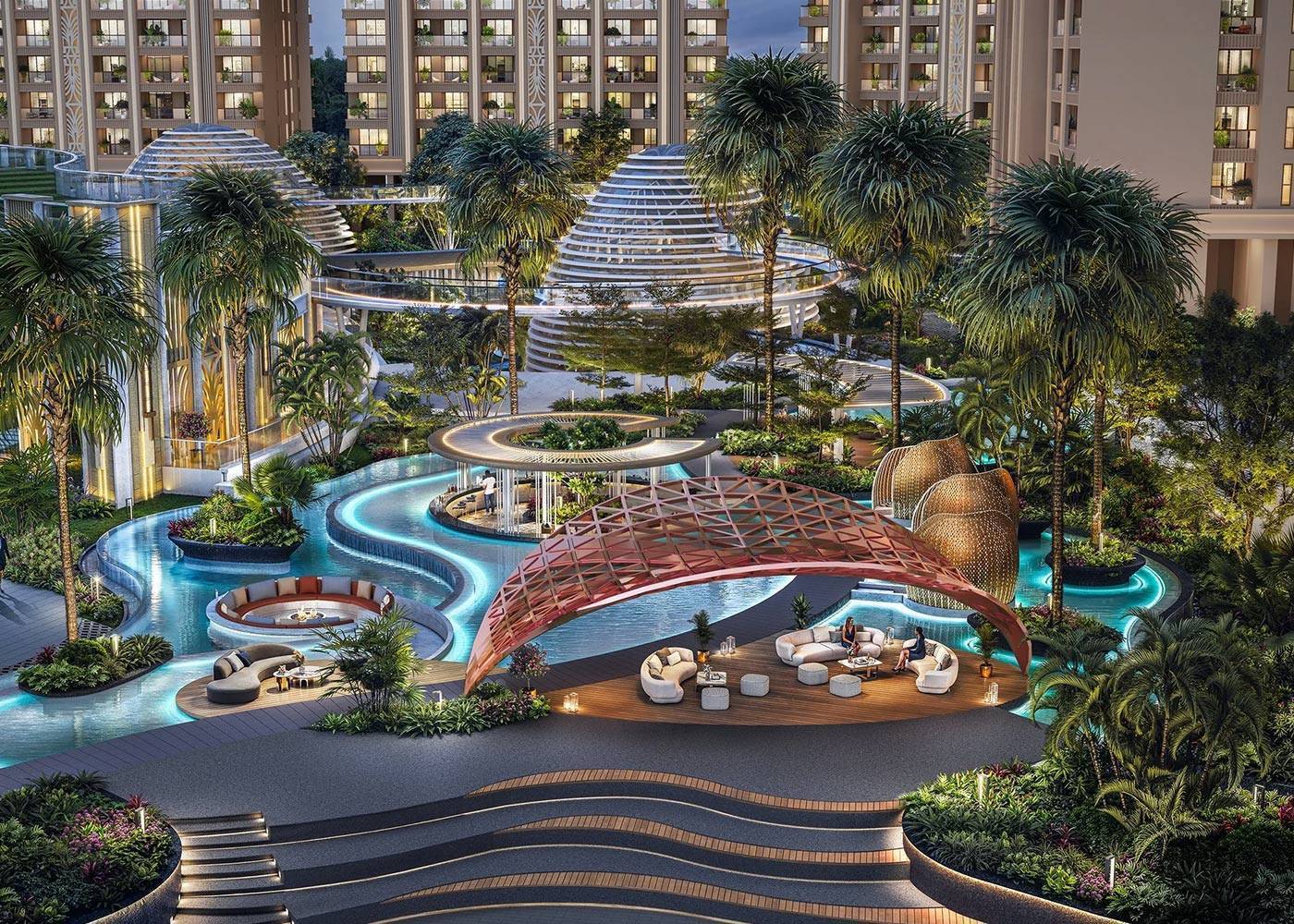
.png)